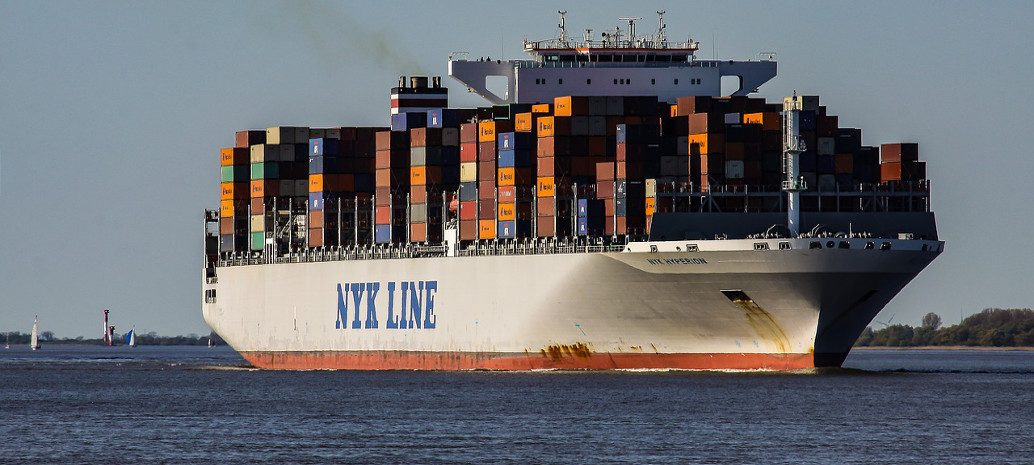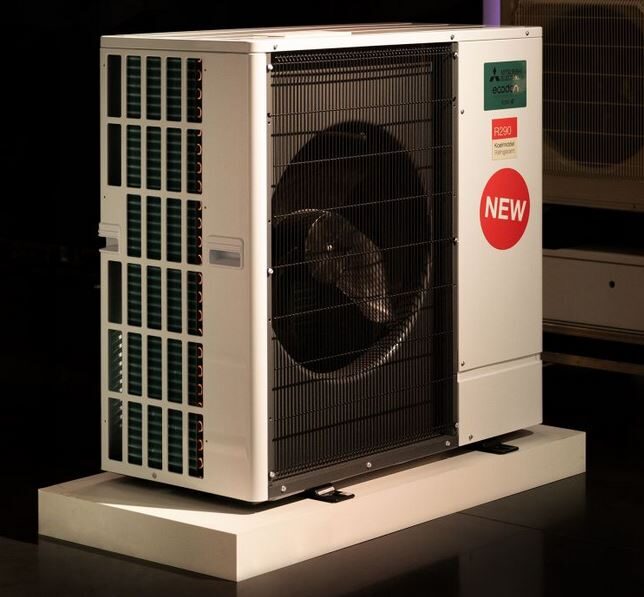Like Elon Musk, U.S. President Donald Trump’s favorite medium for breaking major news is not press conferences or releases, but instead a more direct, more personal and less formal route: social media.
Yesterday the unpredictable president took to Twitter to up the stakes in his administration’s trade war with China by increasing tariffs on $200 million worth of goods from 10% to 25%.
For 10 months, China has been paying Tariffs to the USA of 25% on 50 Billion Dollars of High Tech, and 10% on 200 Billion Dollars of other goods. These payments are partially responsible for our great economic results. The 10% will go up to 25% on Friday. 325 Billions Dollars….
— Donald J. Trump (@realDonaldTrump) May 5, 2019
https://platform.twitter.com/widgets.js
….of additional goods sent to us by China remain untaxed, but will be shortly, at a rate of 25%. The Tariffs paid to the USA have had little impact on product cost, mostly borne by China. The Trade Deal with China continues, but too slowly, as they attempt to renegotiate. No!
— Donald J. Trump (@realDonaldTrump) May 5, 2019
https://platform.twitter.com/widgets.js
This will doubtlessly affect a number of industries – and has already hit the stock market – and will hit some inverter makers. And while for the larger solar market an increase in the Section 301 rate will be negligible, there will be impacts specific to U.S. module manufacturing.
Last September the Trump Administration imposed 10% tariffs on Chinese inverters and a wide range of other projects including aluminum frames, backsheets and junction boxes through the Section 301 process. At the time the plan was to increase these tariffs to 25% on January 1, however the Trump Administration delayed implementation of the 25% rate as a bargaining chip in the trade talks.
Now President Trump has stated that the progress has been too slow, and as such has announced that these tariffs will increase to 25% on Friday, May 10.
Enphase, Sungrow diversify manufacturing
The larger inverter makers that have been subject to these tariffs have had several months now to move manufacturing outside of China. Enphase, whose products are made by Flex in China, announced in its Q1 results call that some time during the current quarter microinverters will begin to roll off the lines at another Flex factory in Mexico.
Sungrow was even farther ahead of the game, and had opened a 3 GW inverter factory in India even before the Section 301 tariffs were announced. And while this could mean shifting supply routes for both manufacturers, both should be able to supply the U.S. market with tariff-free goods; although for Enphase there may be several weeks or even months where its products are hit with the 25% rate. This depends on when Flex’s Mexico factory actually starts making inverters and reaches full capacity.
This could put a dent in Enphase’s newfound profitability, but any such impact is unlikely to last more than a quarter or so.
For Huawei, which only makes inverters in China, the news is not as good. Additionally other Chinese inverter makers will be affected. “There are other inverter vendors such as TBEA, Sineng, Goodwe, Ginlong Solis and Chint Power Systems who also manufacture in China,” explains Molly Cox, PV technology systems & operations analyst for Wood Mackenzie.
“Some of these players may plan to shift a portion of their manufacturing capacity outside China depending on the severity of the tariffs.”
Larger impacts limited
Enphase and SolarEdge supply the lion’s share of inverters to the U.S. residential market, and as SolarEdge manufactures in Europe as well as China, there is unlikely to be any major, sustained affect to the inverter market in this segment.
Even for C&I and utility-scale inverters, this increase is unlikely to have major impacts, as the largest central inverter suppliers – SMA and Power Electronics – make their products in Europe.
For projects that choose to use Chinese inverters, the overall impact on projects is still likely to be low, given that inverters are a very small portion of overall project costs and Chinese inverters tend to be much cheaper than those made in other nations.
Impact on U.S. module materials?
While the Trump Administration has levied other tariffs on Chinese PV modules, Chinese solar manufacturers long ago set up factories outside the nation’s borders to supply the U.S. market.
However, there is an irony to the fact that aluminum frames, backsheets and junction boxes – all of which are needed for solar panel assembly – are included in the list of products that will be paying 25% tariffs. This will increase the cost of U.S. solar module production, which the Trump Administration said that it was supporting through slapping tariffs on imported modules through the Section 201 process.
But while the overall affect of the increase in tariff rates is unlikely to affect the solar market, Trump’s tweets also suggest that there will be tariffs on another $325 million worth of Chinese products. If lithium-ion batteries are included, this could be a blow to the energy storage market, as the majority of the world’s lithium-ion batteries are made in China.
Update: This article was modified at 10:25 AM U.S. East Coast time on May 6, to include additional commentary from Wood Mackenzie which cleared up the lack of information in the previous version regarding Huawei’s manufacturing capacities outside of China. The article was further updated at 12:1o PM East Coast time to note impacts on U.S. module makers due to tariffs on backsheets, aluminum frames and junction boxes.
This content is protected by copyright and may not be reused. If you want to cooperate with us and would like to reuse some of our content, please contact: editors@pv-magazine.com.



By submitting this form you agree to pv magazine using your data for the purposes of publishing your comment.
Your personal data will only be disclosed or otherwise transmitted to third parties for the purposes of spam filtering or if this is necessary for technical maintenance of the website. Any other transfer to third parties will not take place unless this is justified on the basis of applicable data protection regulations or if pv magazine is legally obliged to do so.
You may revoke this consent at any time with effect for the future, in which case your personal data will be deleted immediately. Otherwise, your data will be deleted if pv magazine has processed your request or the purpose of data storage is fulfilled.
Further information on data privacy can be found in our Data Protection Policy.